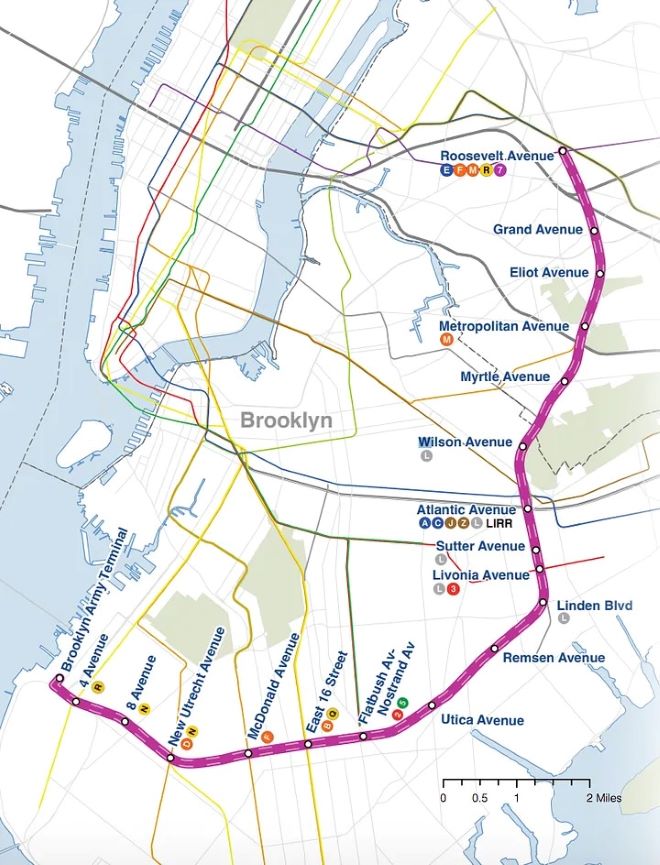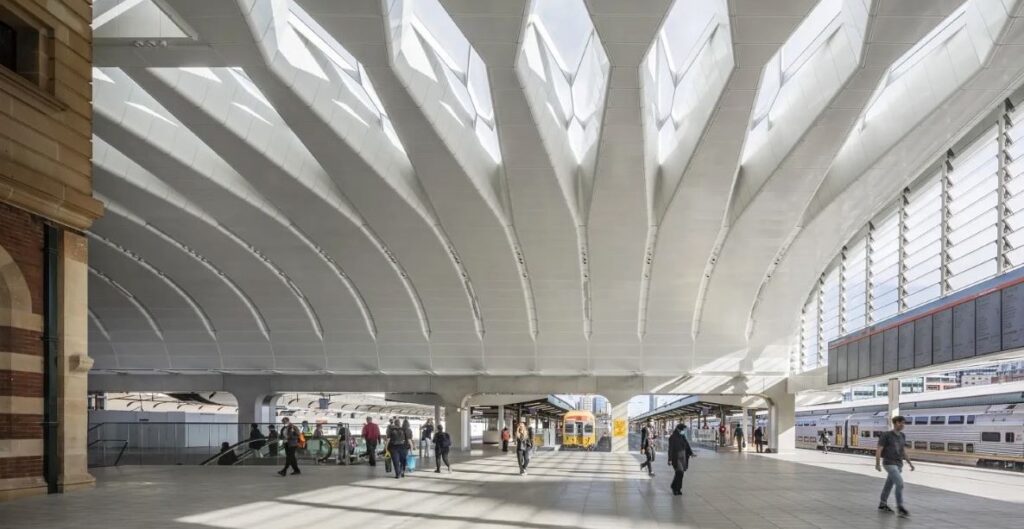Four-and-a-half years since the onset of the pandemic, several recovery metrics have plateaued. According to the latest American Time Use Survey by the Bureau of Labor Statistics, which gathered data from 2023, 35 percent of American workers did some or all of their work at home last year, just 1 percent more than in 2022.
Office occupancy, though increasing bit by bit each year, particularly on peak days, is still just 50 percent on average around the country, according to national key-card data from Kastle Systems.
The metric that actually seems to be changing — and has the potential to change even more — is transit ridership. According to the American Public Transit Authority, the more than 7 billion public transit rides in 2023 exceeded 2022’s numbers by 16 percent. And the second quarter 2024 report shows a 7.5 percent increase in rides across all transit systems for the year to date.
Philadelphia mirrors these national trends. SEPTA’s ridership is up 18 percent over last year, according to the latest data from July. But the recent announcements that SEPTA is hiking fees for its discounted Key program, and that the partnership between SEPTA and Drexel University ended as the university will no longer give employees and students heavily discounted passes, are just some indications that many no longer feel the need to boost transit ridership.
Given the dominant narrative about the prevalence of hybrid work and urban doom loops, betting on transit feels risky, even backward looking to some. But we need to remember that commuting has never been the majority of U.S. travel; as DW Rowlands and Tracy Hadden Loh of the Brookings Institution write, people want to get to places other than work:
Activity centers are not just job hubs — they are clusters of economic, consumption, community, institutional, and tourism assets, and contain a high concentration of regional assets and activity. A holistic look at total travel demand — not just work trips — shows that even with the rise of remote work, people still want to go to places that are servable by transit.
Not only is there demand from residents, but there’s an economic development strategy to win here. In an economy where it’s much harder to create new jobs than in the past, transit may be one of the few economic levers cities can actually adjust. By adding transit capacity, cities are unlocking latent economic activity and creating new value for the real estate that has access to that transit. Transit can help guide where to put housing (or vice versa), but it can also help cities compensate for a lack of affordable housing near jobs or amenities.
New York City expands rail services
New York’s MTA ridership is still 25 percent below 2019 levels, which is not a surprise given how many white-collar workers previously commuted to the city and are now able to work remotely part of the time. But even despite lower ridership levels, and the setback of the indefinite pause on congestion pricing, which would have supported new capital projects for the MTA and helped its overall budget, New York is moving ahead on two significant transit projects.
City Council recently approved a rezoning of the East Bronx which will allow 7,000 more units of housing and four new commuter rail stops. These infrastructure improvements will reduce commute times to Midtown from the Bronx by 50 minutes — and because they’re on the Metro North rail line, they’ll offer a way to travel not just to Manhattan but also to Connecticut.

Additionally, the city is still moving ahead with the Interborough Express, which would connect Brooklyn and Queens residents by light rail. Earlier this summer, NY state gave the Interborough Express (IBX) project a $15 million grant for design and engineering work.
IBX is a smart strategy for both the people who are going to other activity centers beyond jobs, and for new job centers outside of Manhattan. Brooklyn Army Terminal will serve as the city’s new Climate Innovation Hub, a project that may get up to $100 million in local support. According to the city’s Economic Development Corporation, the Hub:
Will anchor a growing ecosystem along the New York Harbor for new climate technologists, entrepreneurs, and talent working to develop, pilot, and deploy new solutions to combat the effects of climate change.
CIH will be a 112K-SF world-class hub for business development, incubation, and research commercialization, serving 150 startups over 10 years and offering workforce development opportunities for the local community.
And the boroughs will have direct access to it through the new Interborough Express.
Sydney renovated its train station — and it’s stunning and smart
If you’ve caught images of Sydney’s new main train station, you’ve probably had the same thought I did, which is: I’d definitely commute through that. The train station got a glow up and reopened last month not only with improved design and architecture, but a new set of stations along a high-speed, driverless train line that has headways of every four minutes. The renovation has expanded the passenger capacity by 60 percent — a bold move in these times — but one that has been resoundingly applauded. TikTok odes to the station and improved transit have resulted in some videos with 600,000 views.
Australia has car-dependent cities like the U.S., but the new 10-mile section of metro infrastructure is bringing passengers from Sydney’s booming North West region under Sydney Harbour, through new underground stations in the CBD. It’s a clear bid to reduce car commuting in and out of the city.
According to Time Out in Australia, there’s more in the pipeline:
In big news for Sydney’s western suburbs, the government has also confirmed — after years of uncertainty — that Sydney Metro West will indeed go ahead. The timeline on this one is longer, with the completion date estimated at 2032 – but it should mean big things for the city. Sydney Metro West is set to connect Sydney CBD to the sprawling new city centre next to Sydney’s new airport, and the government plans to build more additional affordable housing along the route.
Seattle ups transit capacity
Seattle is one of those cities with pretty pitiful return to office data and a transit system that is still about 35 percent below 2019 levels. Nonetheless, the Seattle region is adding transit capacity. Most recently, it welcomed four new light rail stations for communities north of the city. According to the Seattle Times:
The service will help commuters “leave one of the most congested corridors in the country behind,” declared Snohomish County Executive Dave Somers, vice chair of the Sound Transit governing board.
Some 10,000 new apartments are under construction or in the permitting pipeline along the new rail corridor.
Expansion is the name of the game with Seattle’s King County transit expanding its popular RapidRide bus service. Promoted as fast and easy, RapidRide is the city’s attempt to win over more transit riders with better service and it may be working — one of the RapidRide lines has already exceeded pre-pandemic ridership.
Seattle also expanded its Metro Flex program, an on-demand minivan ride that costs the same amount as a metro ride. Originally debuting as Via to Transit in 2019, then closing in 2020, Metro has now expanded the service to eight zones. If transit can start taking on rideshare territory, that could really help residents get from transit to home without needing a car for the last mile.
These strategies seem to be working: King County’s bus service is up nearly 15 percent in the year to date, while Sound Transit’s commuter rail is up nearly 30 percent, according to the APTA report cited earlier.
Invest or bust
For cities trying to navigate how much to invest in transit, it seems like maintaining the status quo, albeit at lower ridership levels, is the surest path to decline. Though it seems counterintuitive to invest in transit when fewer people are commuting, these investments go way beyond the commute — they are about quality of life and housing, and building a culture of transit use. Faster rides, new routes, and innovative approaches to service can all do a lot to show the public how transit remains an important part of city life, even if the office does not.
Diana Lind is a writer and urban policy specialist. This article was also published as part of her Substack newsletter, The New Urban Order. Sign up for the newsletter here.

